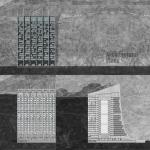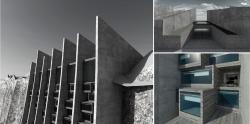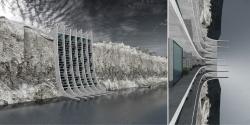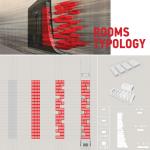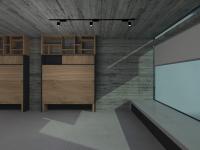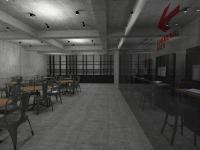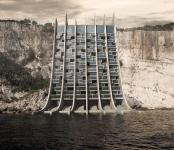Immigration is a timeless problem of humanity. The exploitation of productive resources, economic interests, geopolitical expansionism, hostilities and wars between nations, international terrorism, stark differences in living standards, lack of education, social care and unemployment, some of the main causes which assist in the growing wave of immigration. Nowadays the phenomenon has increased mainly because of the war in Syria and the creation of the caliphate of Jihad. The last year only in the passage of the Mediterranean recorded inflow of 330,000 refugees. Europe fails to address the problem.
Greece is in a strategic point since it is Europes gateway to link with the East. The Aegean Sea is the main water passage from the coast of Turkey. But other countries like Italy, Spain and Malta are also passes for refugees.
Distant and inaccessible places, steep cliffs and rocks, wild landscapes exposed to extreme weather conditions are the most attractive access data after the movement is illegally by unscrupulous criminals. The influx of so many people requires large-scale construction. But a scale that can be volatile as long as degraded into smaller units. Capsules can grow cell height or length depending on the cultural data.
The submission of the study aims to create a structure which is in principle welcome, treats, records and hosting refugees and migrants. It builds geophysical data because it is precisely positioned on steep coast typical entry points and passages. The reasons and causes that created the need for immigration impart some special features in this category of people. The uprooting experiencing, combined with the collapse of all values makes the personality emotionally vulnerable and resolute. The bid in an environment that will ensure in principle the necessary standard of living (transition phase) and later the promotion and installation in a place where it will evolve (a refugee) aimed at integration - assimilation and gradual regaining of lost values.
Patterns are the basic structure that organizes surfaces or structures rationally. Pattern can be described as a repeating unit shape or form, but can also be seen as a "skeleton" that organizes the parts of a composition. The building we have this sense of the Pattern as it develops in the form of repetition. On the vertical axis the floor levels and stairways and the horizontal is the entire sequence of the unit.
The building is constructed so that it can be flexibly applied in different geophysical fields. It grows with the logic of repetition height and length to complete the scale required. One of the main features is the fact that almost 80% of the total area of the building is located inside the rock. Starting at sea level and reaching at a maximum height of the top of the cliff, so therefore given the option with the appropriate architectural manipulations to increase or decrease the total size. The specific example of the building that was applied in this study, developed in a total of 22 floors, while the total number of people that can accommodate each unit is about 500-600 people.
2015
2015
(SLICE) - REFUGEE HOSPITALITY CENTER by spiros koulias in Greece won the WA Award Cycle 22. Please find below the WA Award poster for this project.
-refugeehospitalitycenter.jpg&wi=320&he=452)
Downloaded 200 times.
Favorited 1 times
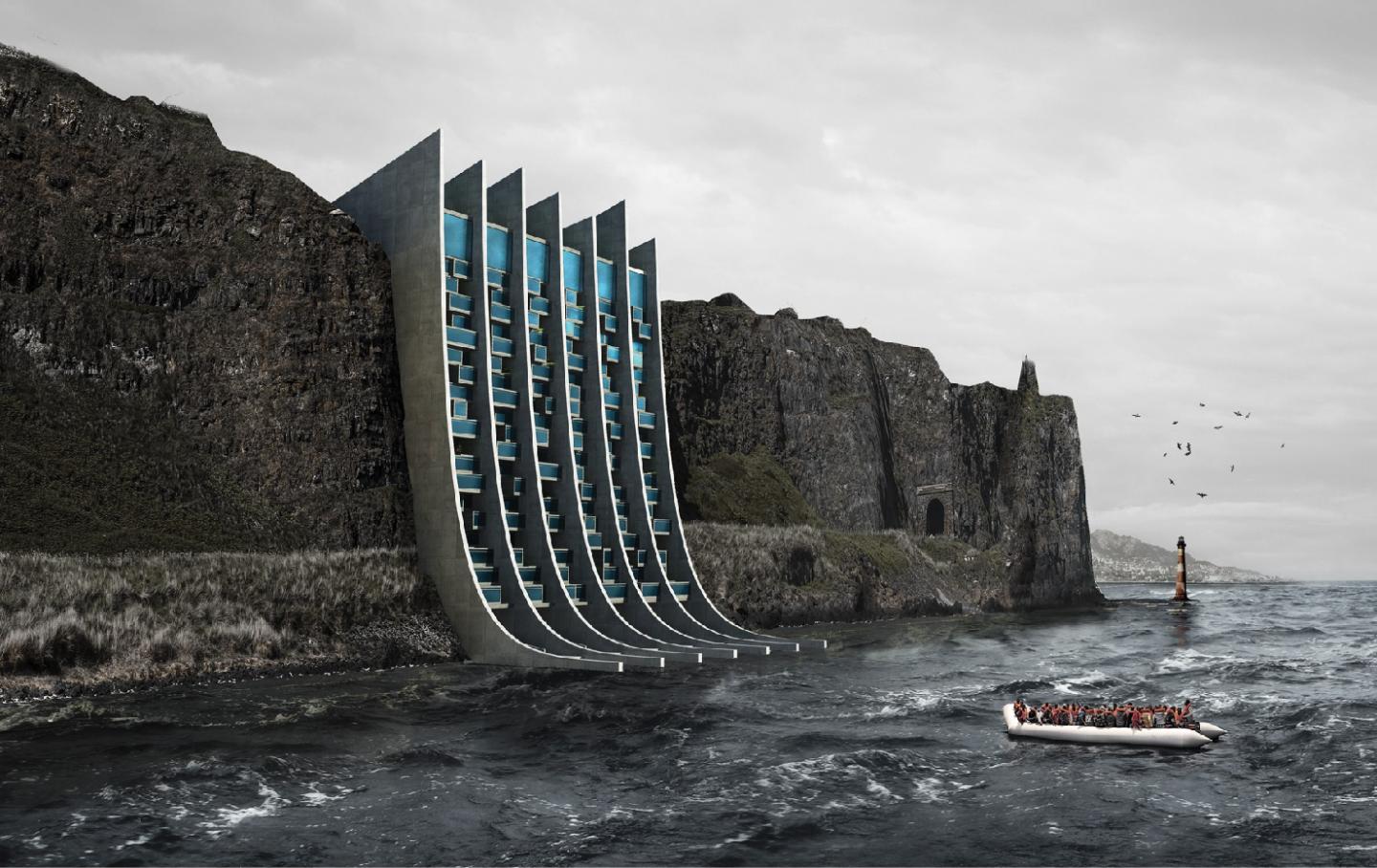
-refugeehospitalitycenter.jpg)


